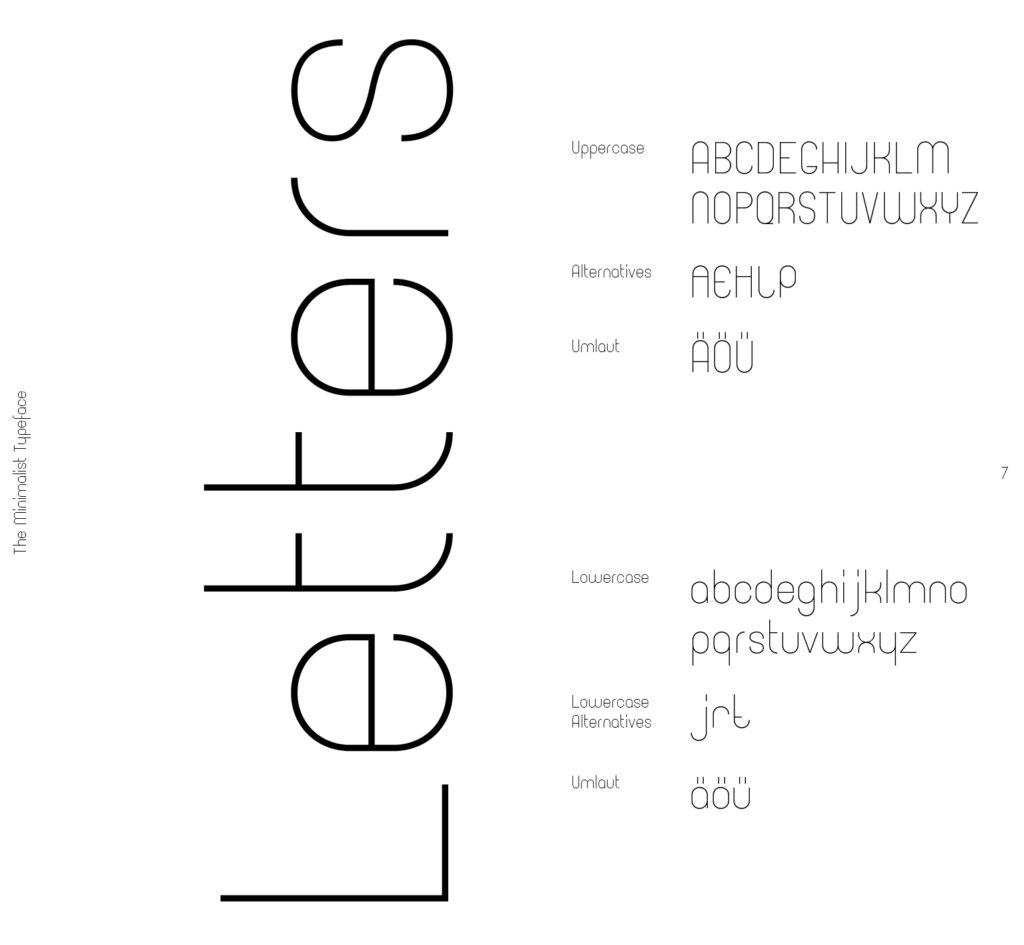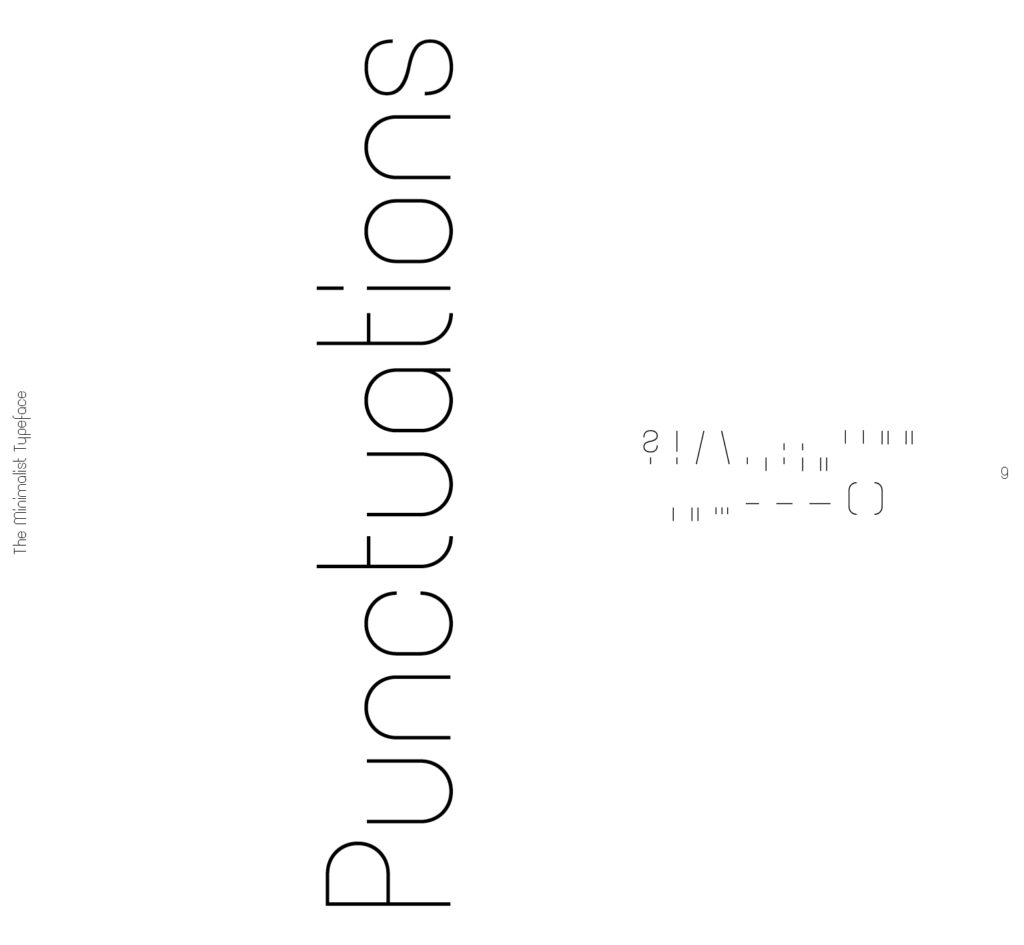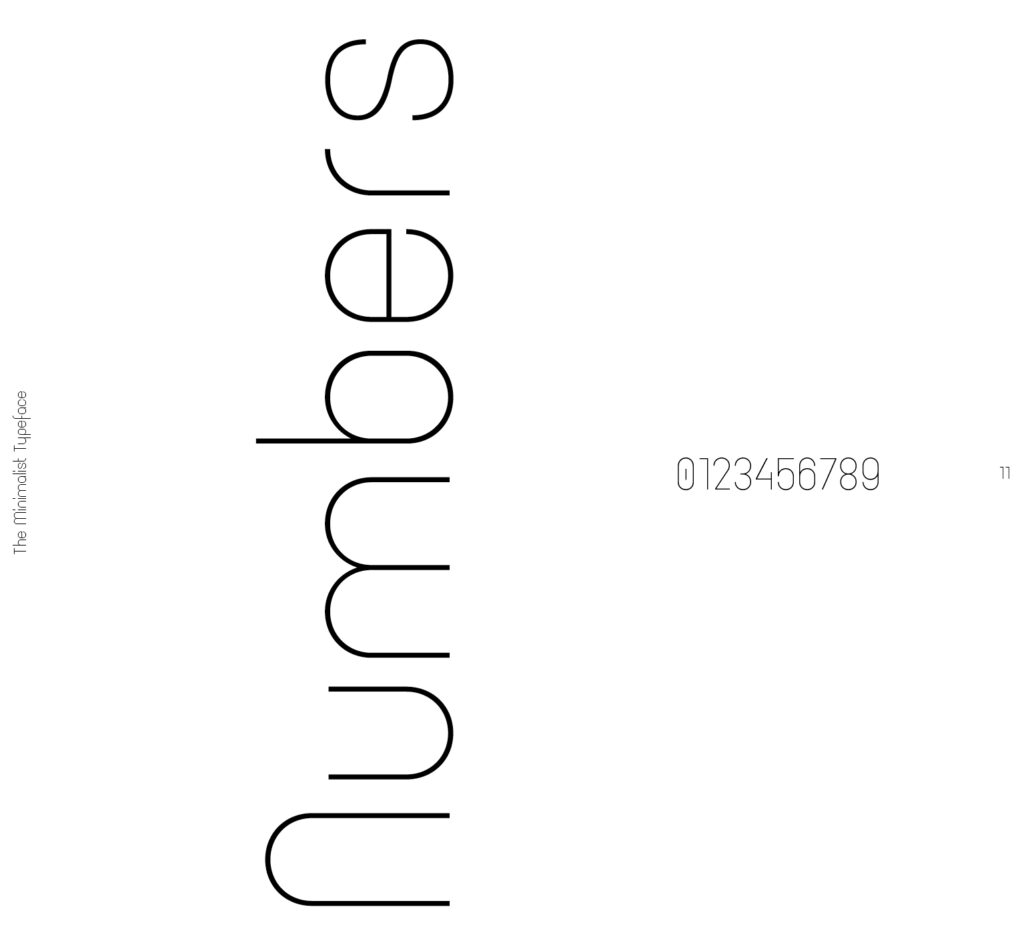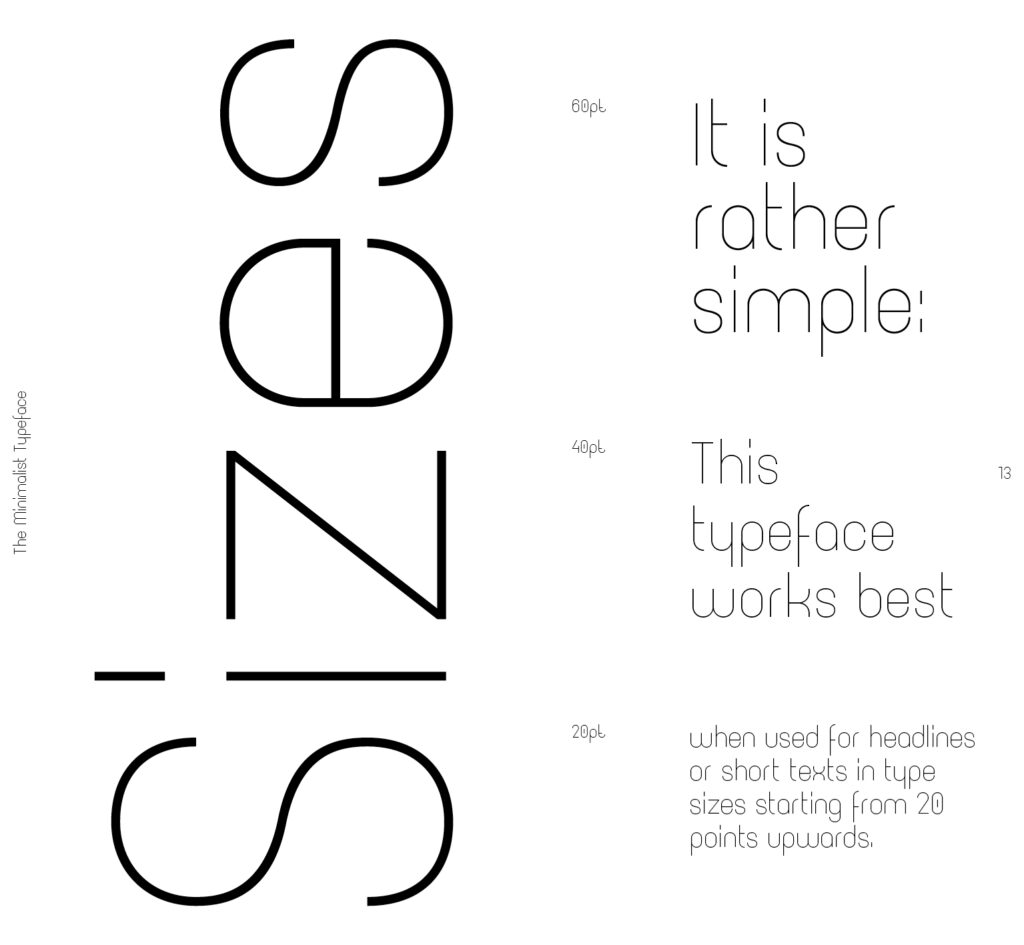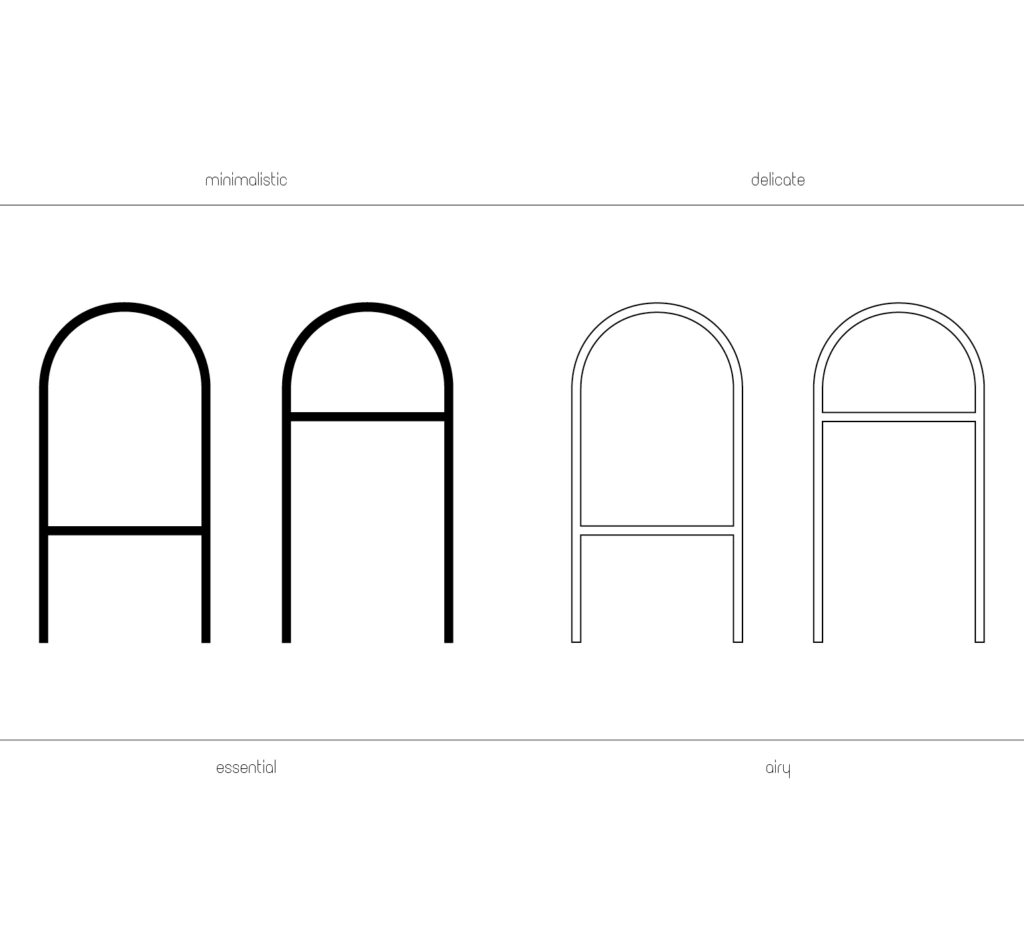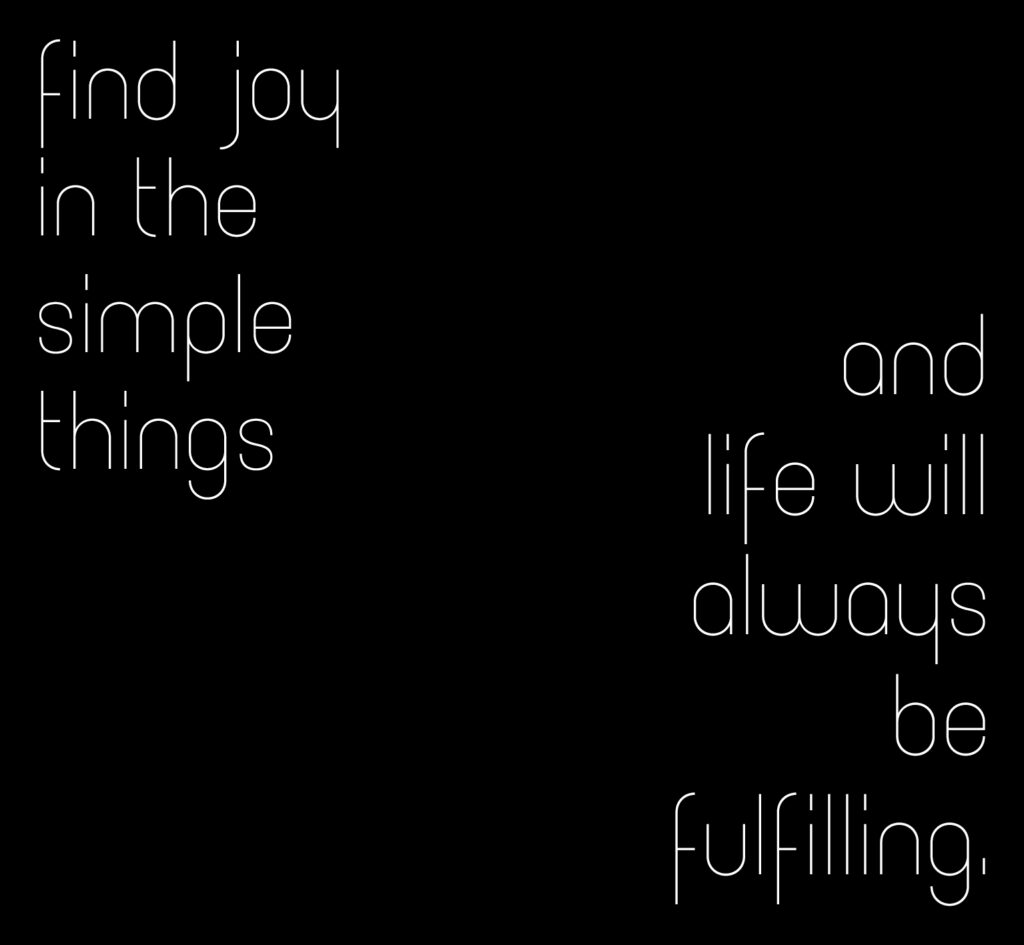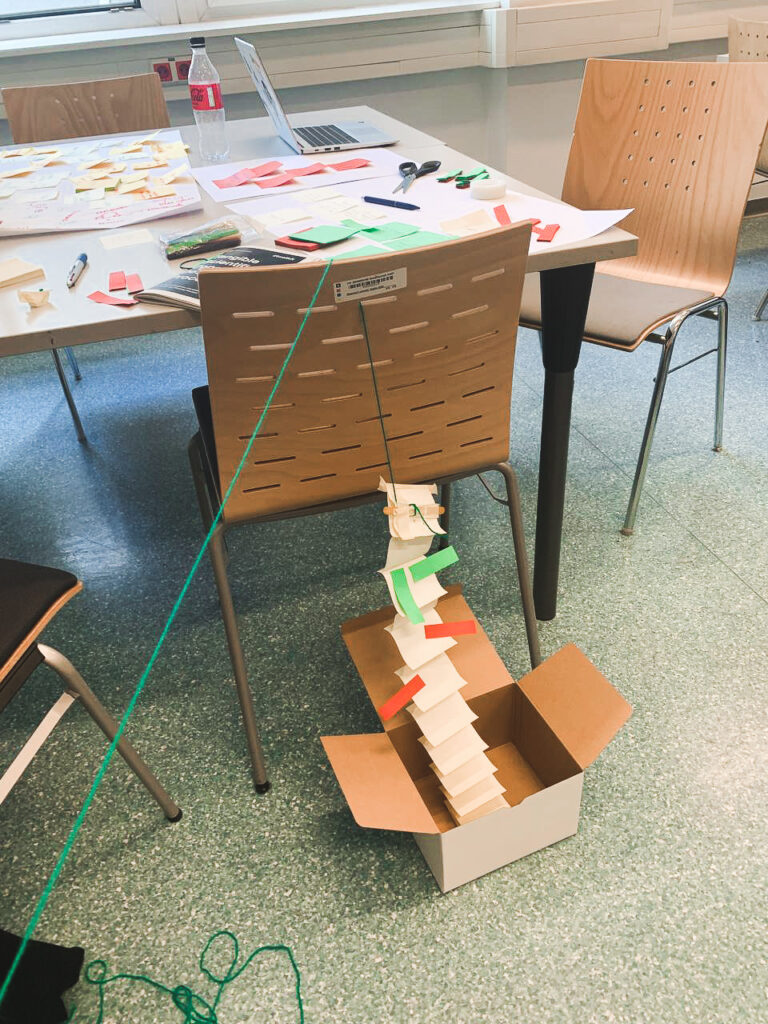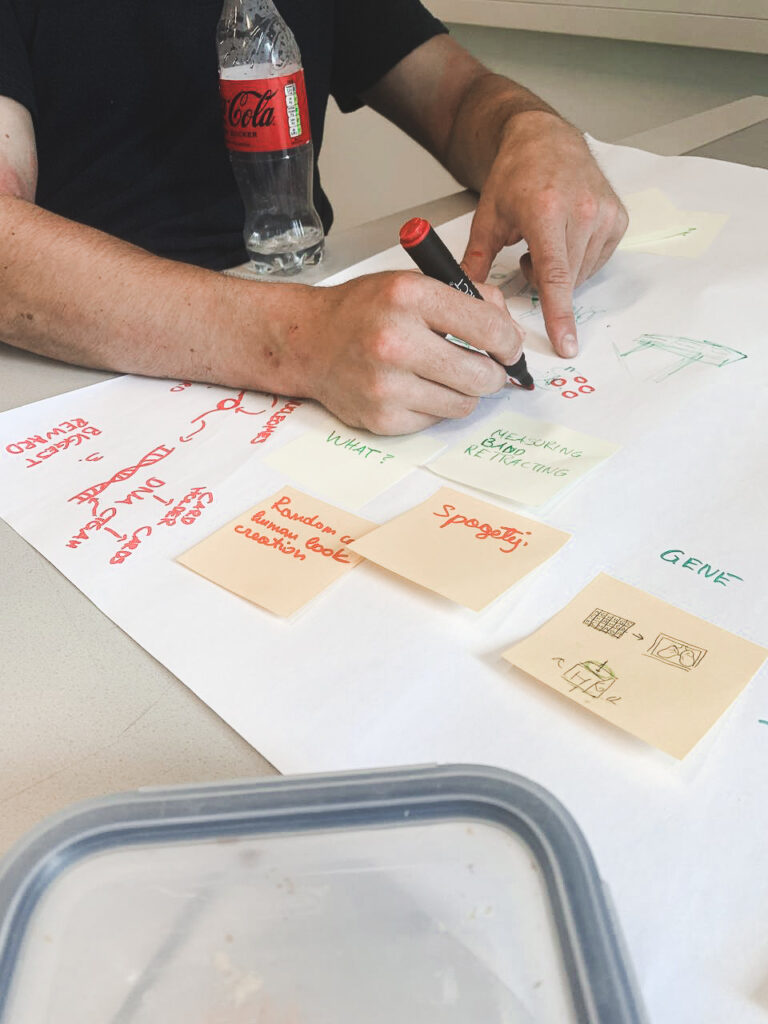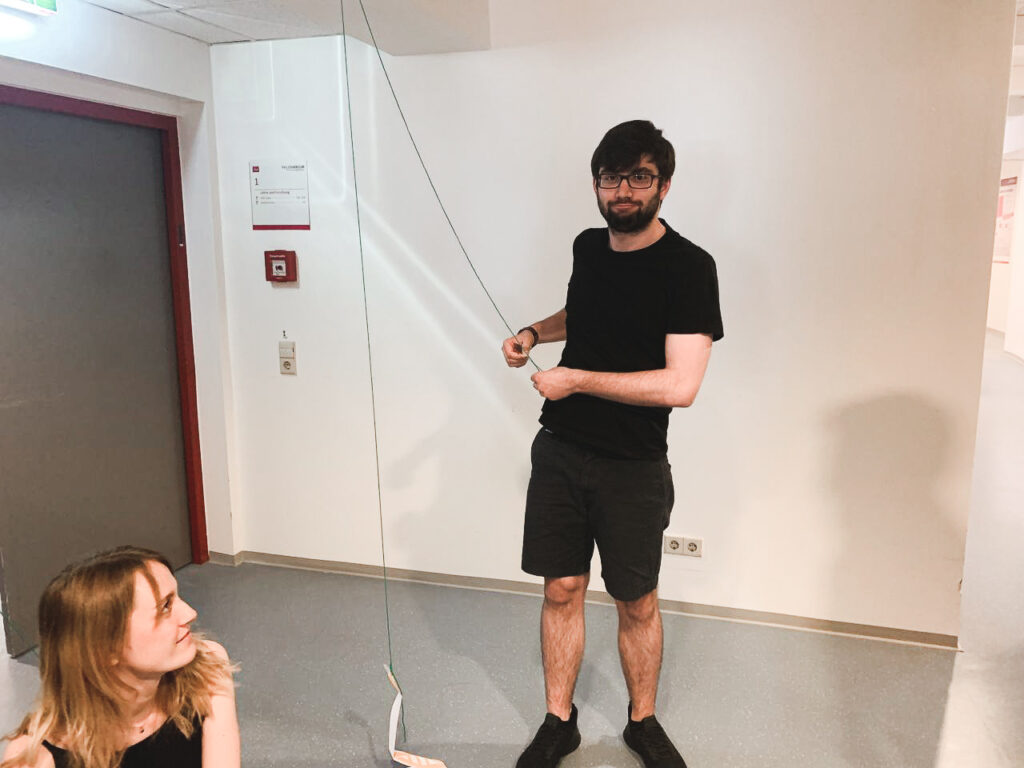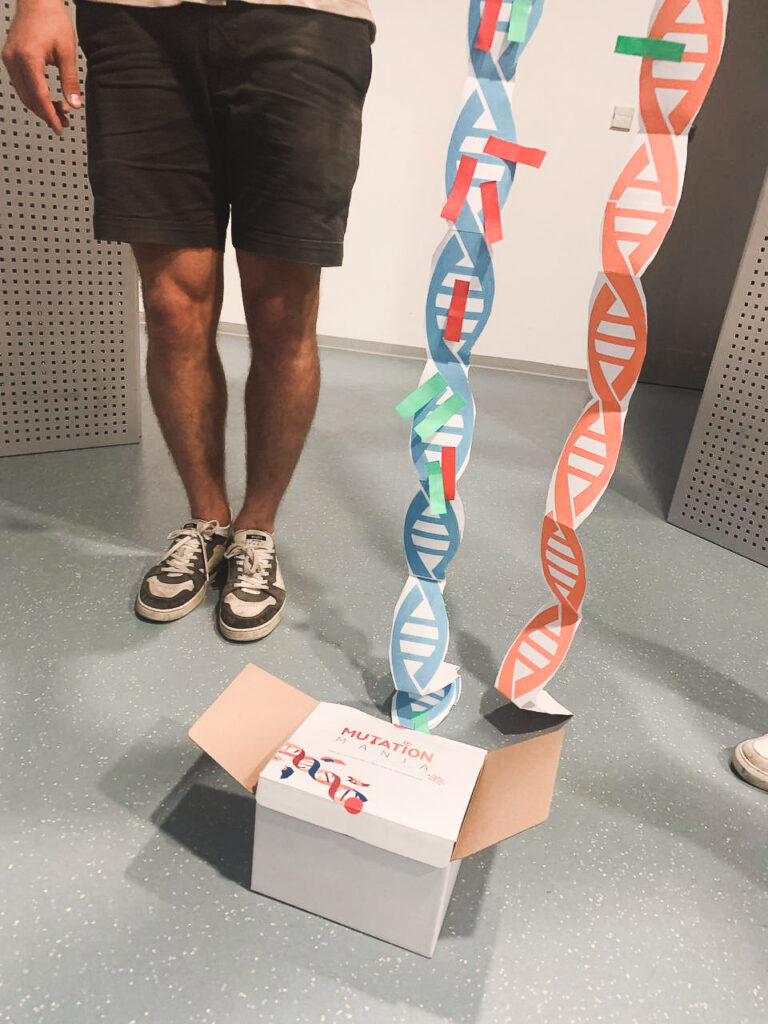Dieser Blogeintrag hätte noch den zweiten Versuch der analogen Doppelbelichtung thematisieren sollen. Doch aufgrund der verzögerten Lieferung der Abzüge ist dies leider nicht möglich, da es jetzt am Ende des Semesters Zeit ist, die Experimente zusammenzufassen und das Resultat zu bewerten.
Die letzten Wochen waren geprägt mit der Durchführung der Experimente. Ich widmete mich der Doppelbelichtung – digital als auch analog und erarbeitete weitere Schritte im Bildbearbeitunsgprozess. Die digitale Doppelbelichtung mit der Systemkamera zu Beginn war sehr erfolgreich und recht einfach umzusetzen. Da ich mich schon länger mit der digitalen Fotografie beschäftige, konnte ich die Schritte ohne Probleme durchführen. Der Vorteil der digitalen Doppelbelichtung war das sofortige Ergebnis. Innerhalb ein paar Sekunden konnte ich in der Kamera das Resultat anschauen und bewerten. Das Aufeinanderlegen der zwei Fotos erledigte bereits meine Kamera. Im zweiten Experiment befasste ich mich mit der analogen Doppelbelichtung, was zu einem unerwarteten Ergebnis führte. Nur ein paar Fotos wurden entwickelt und konnten begutachtet werden. Interessant war hier, dass zwei Fotos sich gegenseitig ergänzen konnten und sozusagen ein analogen Puzzle enstand. Im dritten Experiment erstellte ich Doppelbelichtungen mit der Sofortbildkamera. Auch hier war es vorteilhaft, das Ergebnis nach ein paar Minuten in den Händen halten zu können. Im letzten Experiment nahm ich die wenigen Abzüge des zweiten Experiments als Grundlage für eine digitale Weiterbearbeitung. Ich stellte fest, dass noch andere Fotos auf den Filmstreifen zu sehen waren und diese nicht im Labor vergrößert wurden. Also zweckentfremdete ich den Video Kopierer und steckte die Negative hinein, um sie dann mit der Systemkamera abzufotografieren. Das ist mir sehr gut gelungen und ich konnte anschließend verschiedene Farbeinstellungen in Photoshop vornehmen. Dazu zählte das Erstellen der animierten gifs, um die Farbunterschiede deutlich zu machen.
Allgemein war für mich die Schnittstelle zwischen analog und digital sehr interessant. Auch wenn ich zuvor analog gearbeitet habe, kam ich irgendwann an einen Zeitpunkt, an dem ich meine Abzüge digitalisieren musste. Für die Aufbereitung der Blogposts führte kein Weg daran vorbei. Dieser Schritt in die digitale Welt eröffnet unendlich viele Möglichkeiten.
In den verschiedenen Experimenten stand jeweils die Technik und die Durchführung im Vordergrund. In Zukunft möchte ich mich noch mehr mit dem Inhalt der Fotos beschäftigen – also was auf den Bildern zu sehen ist. Bei den Polaroids (und eigentlich auch auf den neuen analogen Abzügen, die bis heute noch nicht entwickelt wurden) habe ich es schon versucht, den Inhalt bewusst zu wählen. Das Prinzip der übereinander liegenden Ebenen (der zwei Fotos) und dem Gegensatz von analog und digital kann ich inhaltlich aufgreifen. Beispielsweise dienen Gegensatzpaare wie Natur und Stadt oder Farb- und Formunterschiede eine Menge an Möglichkeiten, die ich fotografisch festhalten kann. Somit ergänzen sich die visuelle Ebene und die methodische Durchführung.
Für das weitere Vorgehen werde ich mich noch mehr mit dem Inhalt auseinandersetzen. Dazu zählt die Recherche nach bekannten Fotograf*innen und Kunstschaffende, die ähnliche Arbeiten erstellen. Ich denke, dass ich mich davon inspirieren und leiten lassen kann, um mein Themengebiet zu erweitern und einen Fokus für das kommende Semester zu setzen.

